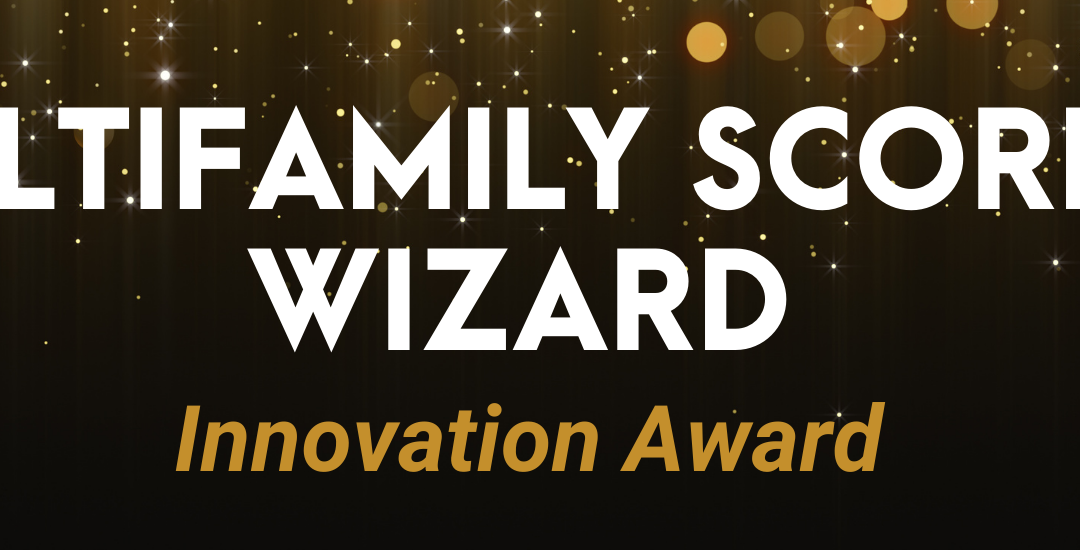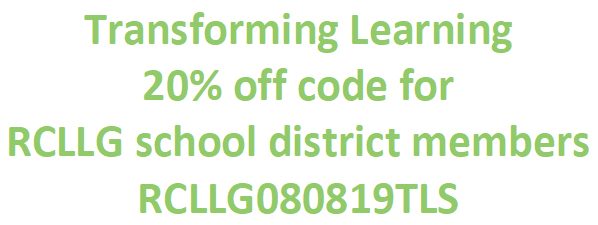This project is a finalist for the 2021 Golden GOVIT Awards in the Innovation category. This project was completed by Minnesota Housing and nominated by Maya Ly.
OUR INNOVATIVE SOLUTION
Each year, Minnesota Housing and its funding partners allocate $185+ million in deferred loans and $12 million in 9% Tax Credits to build/preserve over 1,200 homes through a competitive process.
Working closely with our business partners, we completely re-imagined how our scoring process worked. Using state-of-the-art-technology, we transformed a complex application that took 800+ hours to maintain into a user-friendly Scoring Wizard that can be effectively/efficiently modified annually to meet the constantly changing local, state, and federal guidelines. Icing to the cake: business users can make many changes without contacting our friendly IT department!
IS REPLICABLE
Knowing the old adage that the only constant is change, we needed to design an application that could be configured to meet the needs of each unique funding round (Manage 21 unique funding rounds simultaneously), accommodate two or two million applicants, easily maintained, and reused each year. Our solution, built on the Salesforce platform, uses multiple, configurable, scalable, maintainable, and reusable components:
• Scoring Model – developed to dynamically store all the funding round specific data in separate sub-components, resulting in a highly manageable and reusable system. Simply clone a scoring model from a previous year, make changes as necessary and it is ready to use!
• Scoring Wizard User Interface –ability to set up questions and logic in a series of reusable flows and sub-flows specific to the funding round year and guides the user through a set of questions to enter data related to their project structure.
• Rules Engine – set of predefined rules (configured/maintained by funding round) that provide warnings and/or limit the user from entering data resulting in awarding/claiming points in error.
RESPOND TO A MANAGEMENT CHALLENGE OR OPPORTUNITY
If the MN IT Symposium had a category for the most complicated Excel spreadsheet ever, we could have submitted our Excel based 39-page Self-Scoring Worksheet built with tens of thousands of lines of VBA code and would have won in a landslide! Some of the issues our external applicants, internal users, and our IT staff experienced included:
• Platform Constraints
• Maintaining Multiple Systems
• Redundant Data Entry
• No Data Validation
• Manual Calculations
• Supporting Documentation
• Overly Complicated Review Process
• Lacked Standard Reporting Capabilities
IMPACT – USER EXPERIENCE
From a technical perspective, we spent additional time and effort designing, building, and testing a highly robust and secure system that is easily configurable (#clicksNotCode) by the business users, yet maintainable by our IT staff. Knowing that we ultimately had to deliver a Scoring Wizard that was accessible, efficient, and user-friendly for users of varying technical knowledge using different devices, we used human centered design techniques throughout the design/build process.
• Guides user through scoring process
• Reduces duplicative data entry
• In App Data validation
• Auto-calculates formulas in real-time – reduce complexity/errors
• Provides easy access to scoring resources
• Improved Internal review process
• Wizardly Reports and Dashboards
IMPACT – BENEFITS OUTWEIGH COSTS
As we all know when building a new tool or application, the resource investment must be recouped within the reasonable expected useful lifespan of the tool or application. Although some costs and benefits are easy to evaluate (hard costs/benefits, others are not as easily quantified (soft costs/benefits). Based on project costs, projected ongoing maintenance, and actual/projected benefits, we are expecting our return on investment (ROI) between years two and three.
While we leveraged a powerful software platform, the key to the success of this project was our continued commitment to the co-ownership model between business, technology teams, and external users.














